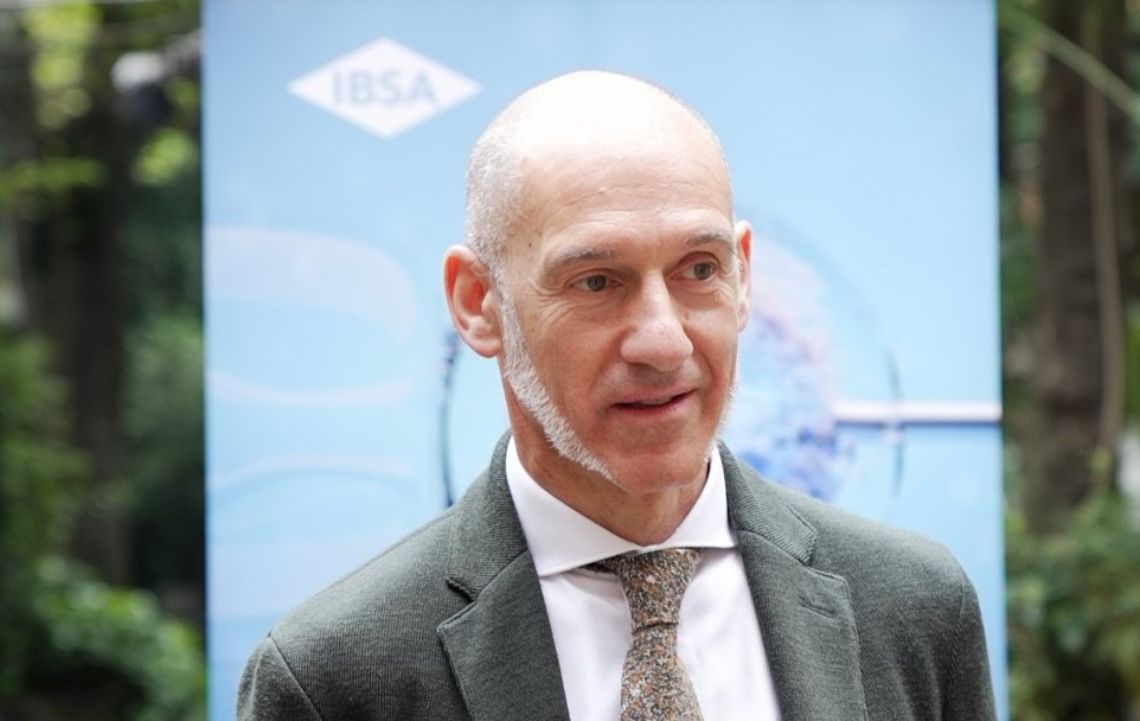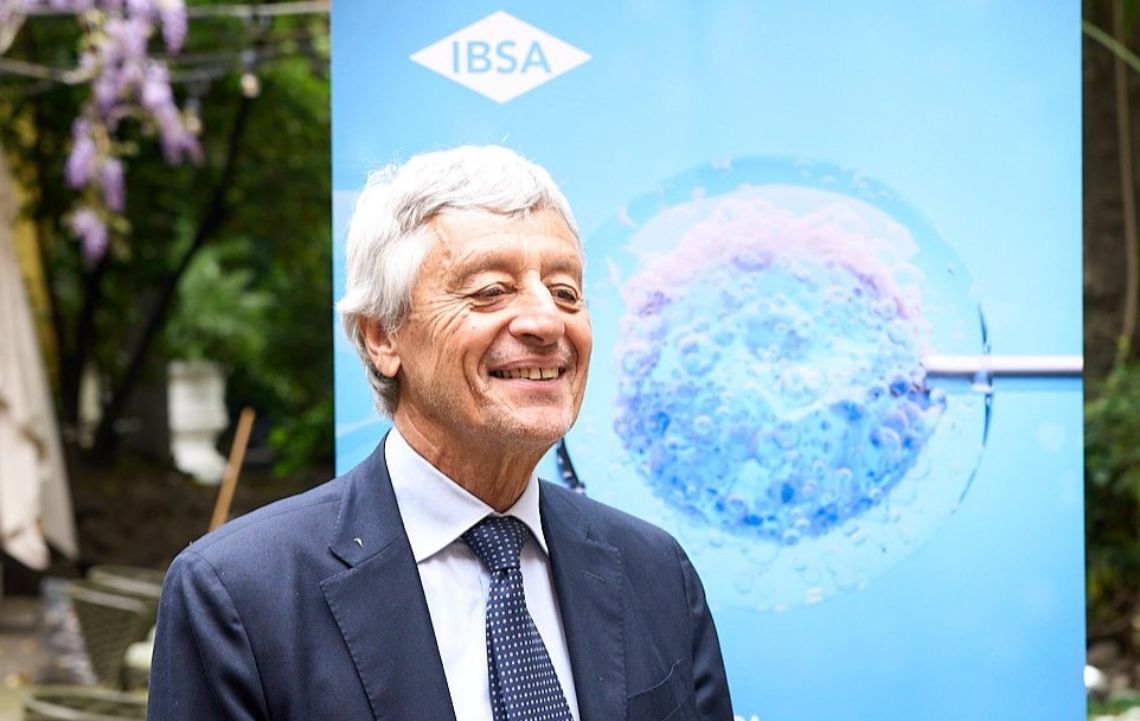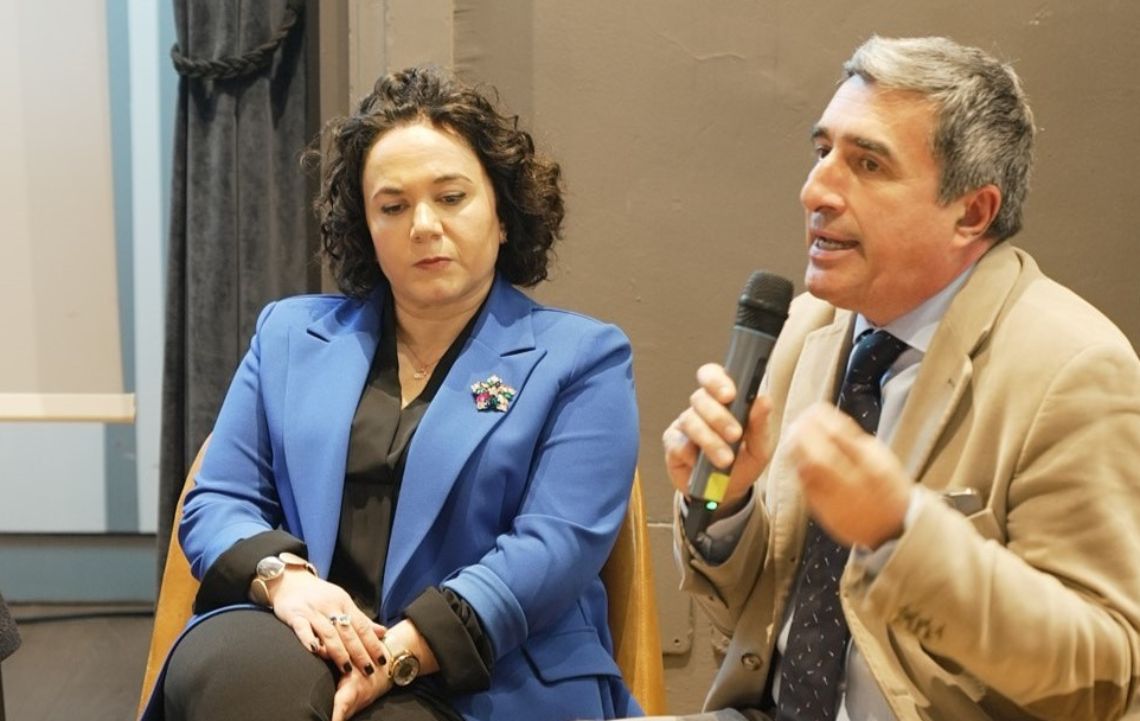
With an increasingly wider appeal, infertility emerges as a global challenge, affecting 17.5% of the adult population globally, which equates to approximately one in six people. In Italy, the proportion stands at around 15%. If we add to this the constant contraction in birth rates that we are witnessing and the increasing delay in the average age at first pregnancy, the picture gets even more complicated.
These data – which emerged during the press conference that IBSA held today in Milan – highlight the urgent need to make Assisted Reproductive Technology (ART) procedures more accessible and to ensure high quality treatments to those who need them. According to recent estimates, from 2012 to 2022 there was a 73% increase in the use of ART techniques, with as many as 3.7 births out of 100 achieved with assisted procreation. In particular, in vitro fertilisation (IVF) – the transfer of embryos into the uterus – is confirmed as the most commonly used technique (from 37% to 48% over ten years).
If the introduction of ART in the “Essential Levels of Assistance” (LEA, Livelli Essenziali di Assistenza) marks an important step forward to ensure equal access to these procedures for all couples with fertility problems, the postponement to January 2025 of the implementation of the new LEAs for several healthcare services is particularly significant in the reproductive medicine area, where the time factor plays a crucial role on the probability of success of treatments, at least for those couples who are approaching these paths already at an advanced age. Indeed, age represents a crucial factor for fertility, and therefore also for the success of ART procedures, starting with ovarian stimulation.
There are numerous factors capable of affecting the ovarian response to stimulation and influencing the outcome of treatments. In addition to the woman’s age, it is necessary to consider her ovarian reserve (i.e. the number of still immature follicles present in the ovaries); the woman’s body mass index; her response to previous cycles of ovarian stimulation; as well as the cause and duration of infertility.








